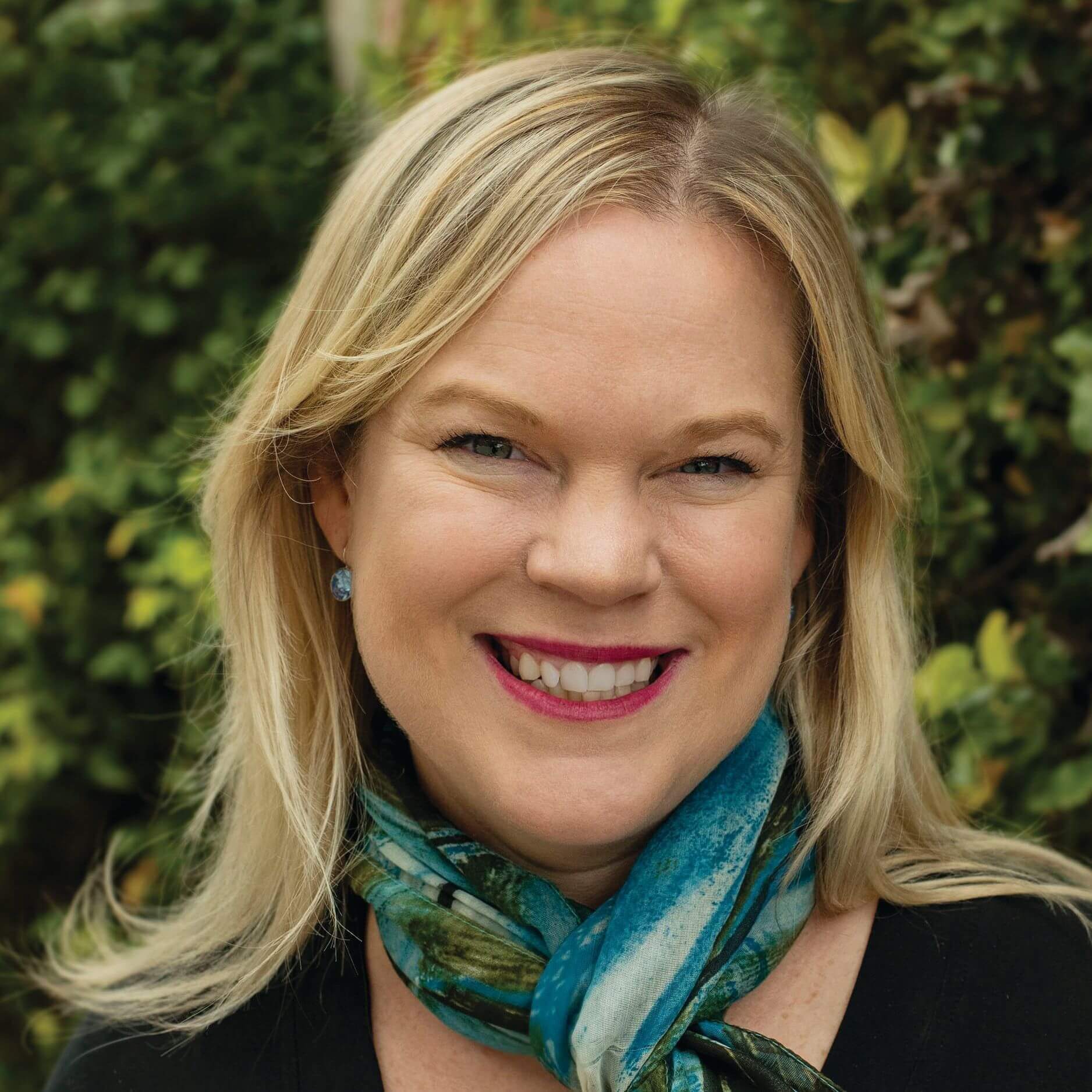Why Should I Protect My Branding?
Why you should consider trademarks, including an explanation of why it is important to protect this valuable asset and how you can go about it.
So your final product has finally come together. You have a name and maybe even a snappy new logo as part of your branding plan. You might have a catchy tagline or a distinctive shape for your packaging. What to do next? Register each as a trademark of course!
WHY?
With a trademark registration, you’ll gain:
Protection over your reputation
As the owner of a registered trademark, you can bring an infringement action against a copycat without having to submit evidence proving the reputation of your trade mark. Your registered trademark can be used to prevent the infringing use of a company name, business or product name, shape of packaging, tagline and/or logo.
Deterrence
Third parties may be encouraged to re-brand away from your registered trademark, rather than risk an allegation of infringement.
A defence to infringement
A registered trademark can provide you with a defence to an allegation of trademark infringement raised by a third party.
A continuing monopoly over your most valuable business asset
As long as your renewal fees are paid every ten years and you continue to use your trademark as registered, your trademark registration can continue to protect your name/logo forever.
And the best bit? All of these benefits are provided nationwide – trademark registrations are rarely subject to geographical limitations within Australia. On the other hand, unregistered (or “common law”) trade marks are geographically limited to wherever reputation can be proven.
So, what exactly should you register?
Often, a trademark forms only a small portion of an overall brand. A very distinctive fonts, logo or distinctive colours may represent your brand. Your particular business ethos, product quality and customer service goals might also form part of your brand. Whilst these things are all very valuable from a marketing perspective, it’s likely not every element can – or should – be protected as a trademark.
A registered Trade Marks Attorney can help you figure out what aspects of your branding would be best registered to maximise the effectiveness of a trade mark registration, giving you peace of mind that the value you’re building in your brand is properly protected.
TIPS FOR CHOOSING A STRONG TRADE MARK
There are so many things to consider when launching a new business, product or service. Choosing a trademark can be a very exciting step, but it is important to get it right from the outset. Firstly, you could put together a list of potential marks and then go through and consider the relative strength of each mark; a strong or distinctive mark is easier to register and to protect.
To choose a trademark that is inherently distinctive, try to avoid names that refer to a geographical location where the business is, or could be, carried out. For example, DUBBO IRONING SERVICE is not a distinctive trademark because any number of IRONING services might wish to do business in Dubbo and legitimately use this trademark. There are some situations where geographical names may form distinctive trademarks. For example, NORTH POLE for bananas is distinctive because banana producers would not conceivably need to use this trademark.
Invented words are usually inherently distinctive so long as they do not directly describe the goods or services that they are used in connection with. For example, XEROX® for photocopiers is highly distinctive. However, ORGANIC BODY CREAM for a body cream made from organic ingredients would be lacking in inherent distinctiveness.
Laudatory words that would normally be used to describe the goods or services in exemplary terms usually lack inherent distinctiveness. For example, NATURALLY ORGANIC for organic based cosmetics, EXTRA FRESH for fruit and vegetables and HIGHLY CONFIDENTIAL for private investigation services are all lacking in inherent distinctiveness.
Keep these tips and benefits in mind when deciding whether or not to register your product name as a trademark.

